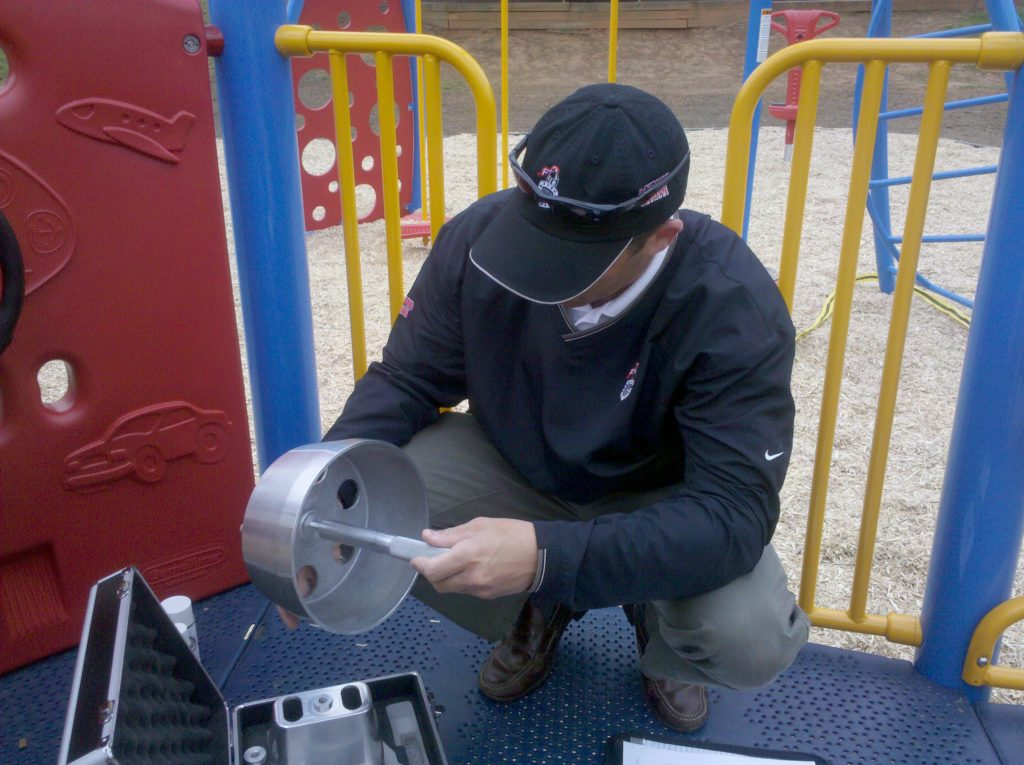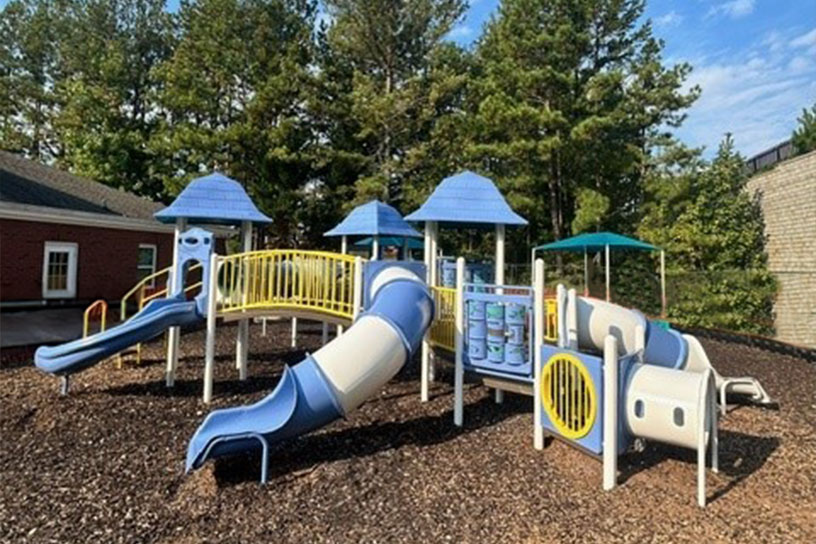Regular playground inspections ensure the safety of children at play and prevent serious injuries. But, just how often is “regularly?” Today we’re answering the hotly-debated question – how often should outdoor play equipment be inspected?
Routine vs. Periodic Outdoor Play Equipment Inspections
Before we get into the factors that affect your inspection frequency, it’s important to discuss the difference between routine and periodic inspections.
Routine inspections are informal inspections that involve taking a look around your playground to identify any safety red flags or major hazards that could put a child in danger. These inspections are typically the responsibility of teachers or maintenance staff.
Periodic inspections are formal inspections that take a deeper look at the safety of your playground structures. They also look for opportunities where preventative maintenance can avoid issues entirely. Periodic inspections can also provide more data-driven findings, such as confirming potential entrapment or entanglement risks identified in a routine inspection.
Therefore, periodic inspections should be performed by a certified playground safety inspector (CPSI) and should be documented carefully.
How Often Should Outdoor Play Equipment Be Inspected?
Visual routine inspections, performed daily or weekly, will help maintain a safe environment for children at play.
Periodic inspections should be performed by a CPSI (or with a guided inspection software like Park Protector) monthly, quarterly, or annually. Using the factors above, you can decide which frequency is most appropriate for your playgrounds.
Factors for Periodic Inspection Frequency
There is no perfect time frame for periodic playground inspections. Instead, you should look at a number of factors to determine the right frequency for you and your playground.
Type & Size of Equipment
First, you'll want to consider the type of outdoor play equipment you own or manage. If you have a small playground with a few swings and a traditional slide, you likely won’t need as frequent of inspections.
However, if you have more exciting, moving features like climbing walls, enclosed slides, or specialty swings, you may need more frequent inspections. The more parts and pieces in motion there are, the more there is that can go wrong.
Age of Equipment
Next, the age of your outdoor play equipment is a huge factor in how often you need to have it inspected. If you have a brand new playground that is well-built, you can likely afford less frequent inspections. However, if you have an older playground that is a bit worse for the wear, we recommend more frequent inspections to ensure its continued safety.
Frequency of Play & Number of Children
While some playground hazards are the results of sudden weather or unexplained damages, many hazards are a result of wear and tear. Above all else, consider the frequency and volume of use as you create your schedule.
If you manage a school playground that gets daily use during the school year but rarely during the summer, you’ll need frequent inspections September - June. But, you can likely ease off your schedule in the summer months.
Weather & Climate
Last but not least, the severity of your local weather and climate have a massive impact on your playground maintenance and inspection needs. Some weather and climate elements to consider include:
- Frequent thunderstorms, hurricanes, and/or flooding
- Heavy winds
- Natural disasters like earthquakes and tornadoes
- Saltwater from beachside playgrounds
- Snow and freezing temperatures
- Extremely hot climates






